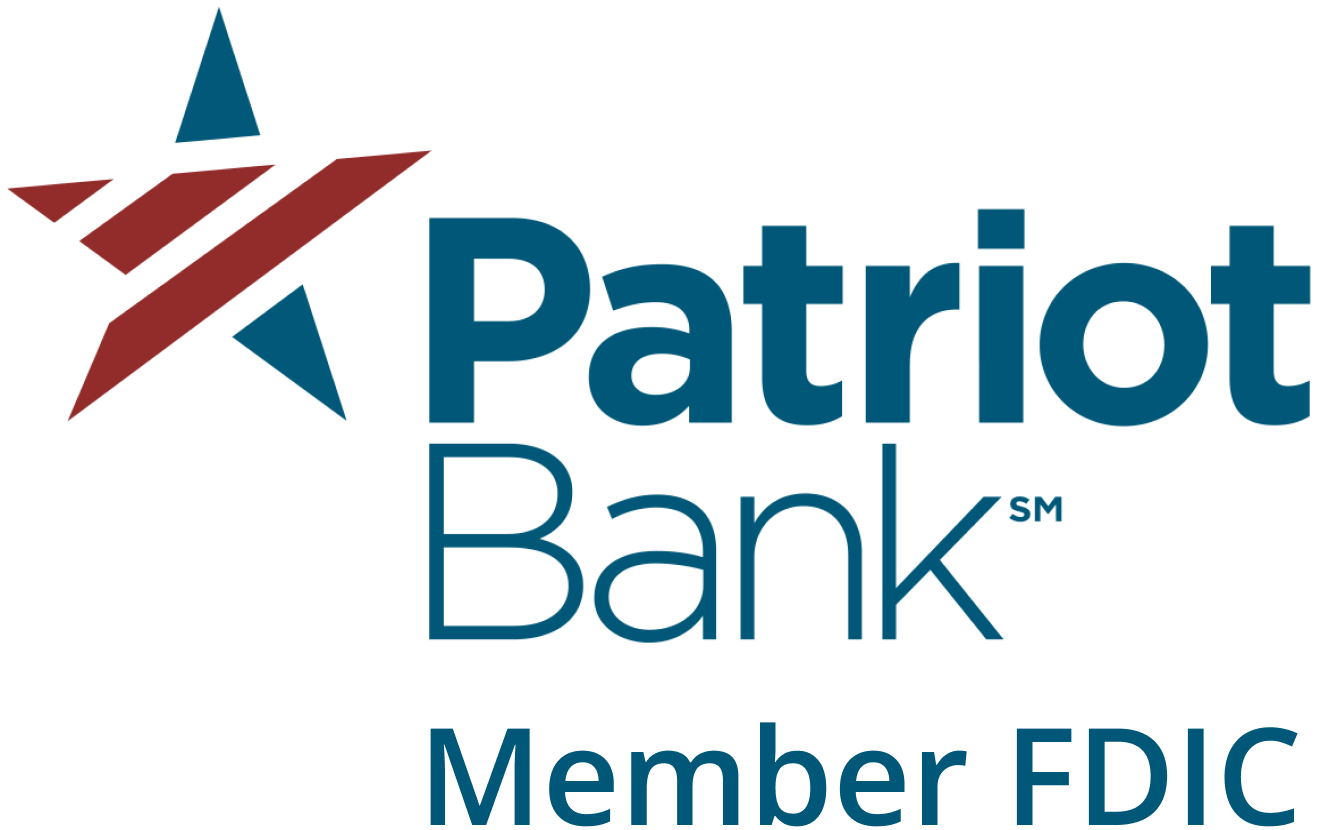Monthly interest accounts: How does monthly interest work?
- Interest calculation: Monthly interest is calculated by dividing the annual interest rate by 12. This means that instead of earning interest once a year, you earn a portion of it each month, which can lead to more frequent compounding.
- Compounding effect: When interest is compounded monthly, it can result in higher total returns over time compared to annual compounding. This is because the interest earned each month is added to the principal, allowing the next month's interest to be calculated on a larger amount.
- Impact on savings: Monthly interest can significantly boost savings over time, especially for accounts with higher interest rates. It encourages consistent saving and can help grow your savings more efficiently than accounts with less frequent compounding.

Saving money is an essential aspect of financial planning, and understanding how interest accrues on savings accounts is key to maximizing your savings potential.
So, let’s dive into the intricacies of monthly compound interest on savings accounts together. From calculating monthly interest to comparing monthly and annual compounding, we'll equip you with the knowledge needed to make informed decisions about your savings.
What is monthly compound interest?
Monthly compound interest is the interest calculated and added to your monthly savings account balance based on the principal amount and interest rate. Unlike simple interest, which is calculated solely on the initial deposit, compound interest considers both the initial deposit and accumulated interest.
Other types of compound interest include annual, semiannual, quarterly, or even daily. Savings products on the Raisin platform typically feature daily compounding interest.
How does monthly interest work?
Monthly interest works by calculating and adding interest to your savings account balance every month. This process involves the compounding of interest, where the initial deposit and accumulated interest earn additional interest over time. Here's a breakdown of how monthly interest works:
- Initial deposit: When you open a savings account, you deposit an initial amount known as the principal.
- Interest rate: The bank or financial institution sets an annual interest rate, which determines the percentage of interest earned on your savings each year.
- Calculation: With monthly interest, the annual interest rate is divided by 12 to determine the monthly interest rate. This monthly interest rate is then applied to your account balance each month.
- Compounding: Each month, the interest earned on your account balance is added to the principal. As a result, future interest calculations are based on the updated balance, including both the initial deposit and the accumulated interest.
- Continuous growth: Over time, the compounding effect leads to exponential growth in your savings. The more frequently interest is compounded, the faster your savings will grow.
- Regular payouts: Depending on the terms of your savings account, you may receive interest payments monthly, allowing you to enjoy a steady stream of income from your savings. Keep in mind that withdrawing accrued interest prevents it from compounding further.
What are monthly compound interest accounts?
A monthly compound interest savings account, also known as a monthly compound savings account, calculates and adds interest to your account balance monthly using the principle of compound interest. This type of account adds the interest earned each month to the principal. Subsequent interest calculations are based on the updated balance, including the initial deposit and the previously earned interest.
Here are some key features and benefits of a monthly compound interest savings account:
- Frequency of compounding: In a monthly compound interest savings account, interest is compounded each month. This means that your savings grow at a faster rate compared to accounts with less frequent compounding periods. It will also grow at a slower rate compared to accounts with more frequent compounding periods, such as a daily compounding interest account.
- Accelerated growth: The compounding effect leads to exponential growth in your savings over time. Since interest is added to your account balance more frequently, your savings accumulate faster, helping you potentially reach your financial goals sooner.
- Consistent earnings: With monthly compounding interest, you can expect a regular stream of interest income added to your account each month. This provides a predictable source of passive income, which can be beneficial for budgeting and planning purposes.
- Flexibility: Many monthly compound interest savings accounts offer flexibility in terms of deposit and withdrawal options. This means you can access your funds when needed without sacrificing the benefits of compounding interest.
- Competitive rates: Some financial institutions offer competitive interest rates on monthly compound interest savings accounts, allowing you to maximize your earnings potential.
How to calculate monthly interest on savings accounts
Calculating monthly interest on a savings account involves a formula that may appear daunting, but is actually pretty straightforward:

Where:
- A = the future value of the investment/loan, including interest
- P = the principal investment amount (the initial deposit or loan amount)
- r = the annual interest rate (in decimal)
- n = the number of times that interest is compounded per unit of time (for example, 12, for monthly compounding interest)
- t = the time the money is invested/borrowed for in years
For example, if we consider an initial deposit of $100,000 (P) at a 3.00% interest rate (r) compounding monthly (n = 12) held for 1 year (t), the formula would be as follows:

In this case, the future value would be $103,041.60, with $3,041.60 being the interest earned on top of the principal of $100,000.
Benefits of monthly compound interest
- Faster growth: Monthly compounding accelerates the growth of your savings compared to simple interest or less frequent compounding periods.
- Increased earnings: With monthly compounding, your savings account earns interest on interest more frequently, leading to higher overall earnings over time.
- Smoothing volatility: Monthly compounding can help mitigate the impact of market fluctuations on your savings by spreading the effects of interest rate changes.
Monthly vs. annual compounding interest
While both monthly and annual interest accrual methods have advantages, understanding their differences is crucial for making informed financial decisions.
- Frequency of compounding: Monthly compounding involves interest calculations and additions every month, whereas annual compounding does so once a year.
- Impact on earnings: Monthly compounding typically results in higher overall earnings due to more frequent interest additions. However, the difference may be marginal for lower interest rates or shorter investment periods.
- Accessibility of funds: Savings accounts that compound interest monthly may offer more frequent access to accrued interest, providing liquidity when needed compared to accounts with annual compounding.
Top savings account offers on Raisin
$
Bank
Product
APY
New Raisin Users: 60-Day Rate Lock

mph.bank, a division of Liberty Savings Bank, F.S.B., Member FDIC
High-Yield Savings Account
4.01%
$2,005.00
Raisin is not an FDIC-insured bank or NCUA-insured credit union and does not hold any customer funds. FDIC deposit insurance covers the failure of an insured bank and NCUA deposit insurance coverage covers the failure of an insured credit union.
Monthly vs. daily compounding interest
Some accounts allow for daily compounding interest, such as most of those offered through the Raisin platform. Here is how they differ:
- Frequency of compounding: With daily compounding interest, interest is earned on the principal each day (although may only post to the account on a monthly basis). In contrast, monthly compounding interest only adds interest at the end of the month.
- Impact on earnings: Daily compounding interest will net more interest income in the long run, this will be dependent on the principal, the interest rate, and the annual percentage yield (APY).
- Accessibility of funds: If daily compounding interest is only posted monthly, there is likely not much of a difference in liquidity of interest earned in a monthly interest savings account compared to a daily interest savings account.
Finding the best monthly interest savings accounts
When searching for the best monthly interest savings account, consider the following factors:
- Interest rate: Compare the annual percentage yield (APY) offered by different accounts to maximize your earnings.
- Compounding frequency: Opt for accounts that compound interest monthly for faster savings growth.
- Fees and requirements: Be aware of any maintenance fees, minimum balance requirements, or account limitations that may affect your savings goals.
- Financial institution stability: Choose reputable banks or credit unions with a history of financial stability and strong customer service.
FAQs
Can I get monthly interest on savings accounts?
Yes, you can absolutely get monthly interest on a savings account. Many banks and financial institutions offer savings accounts with monthly interest accrual as a feature. These accounts calculate and add interest to your account balance every month, allowing your savings to grow steadily over time.
When opening a savings account, it's important to ask about the interest accrual frequency to ensure it aligns with your financial goals. Look for accounts specifically labeled as "monthly interest savings accounts" or ones that mention monthly compounding. These accounts typically offer more frequent access to the interest earned, providing you with liquidity and flexibility in managing your funds.
If you’re looking to add even more interest-earning potential to your savings, finding accounts that compound interest on a daily basis, like most of those on the no-fee Raisin platform, could be of interest.
Do any savings accounts pay monthly interest?
Yes, many savings accounts do offer the option to earn monthly interest. Financial institutions recognize the various preferences of their customers and strive to accommodate those who prefer to receive interest earnings on a monthly basis.
When exploring savings account options, make sure to review the terms and conditions provided by different banks or credit unions. Look for accounts explicitly advertised as offering monthly interest payments or those that mention monthly compounding. These accounts are designed to give you the convenience of regularly receiving interest earnings, helping you achieve your financial goals more effectively.
Some online banks and financial institutions specialize in offering savings accounts with flexible features, including monthly interest payments. These accounts often come with competitive interest rates and minimal fees, making them attractive options for those seeking regular interest income.
Do I earn interest on my savings account monthly?
Whether you earn interest on your savings account monthly depends on the specific terms and conditions of the account you hold. Many savings accounts offer monthly interest accrual, meaning that interest is calculated and added to your account balance monthly. This can provide you with regular income and help your savings grow steadily.
However, not all savings accounts operate on a monthly interest payment schedule. Some accounts may accrue interest daily or quarterly, while others may only pay out interest annually. It's essential to review the account details provided by your bank or financial institution to understand how interest is calculated and when it is credited to your account.
If you prefer to earn interest on your savings account monthly, you can explore options labeled explicitly as "monthly interest savings accounts" or those mentioning monthly compounding. These accounts are designed to provide you with the convenience of regular interest payments, helping you achieve your financial goals more effectively.
Conclusion
Understanding how interest accrues on savings accounts and the impact of compounding frequency is essential for maximizing your savings potential. By opting for accounts that compound interest more frequently allows you to leverage the power of compound interest.
Ready to start watching your savings grow steadily over time? Start exploring the best daily compounding interest savings accounts today and take control of your financial future.



